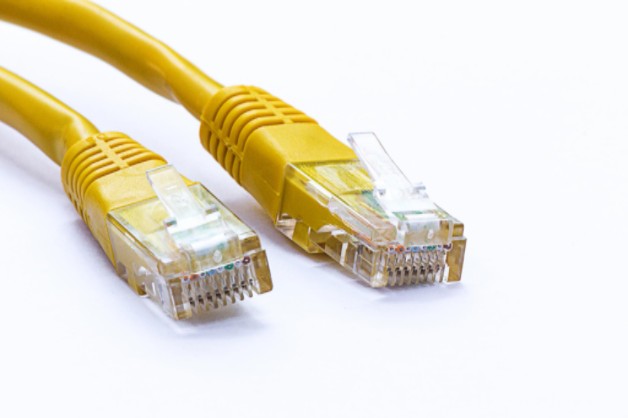There’s no question that the telecom industry is becoming more crowded with each passing day. As bandwidth becomes more ubiquitous, it would appear — at least from the customer perspective — that all bandwidth is created equal … or at least close enough.
We’ve been through several exercises lately that suggest this is not the case. For instance, a customer might require 100Mb, but are really only interested in the lowest price.
Cost is typically the primary determining factor when a business is deciding on bandwidth capability. And budget should indeed be considered.
However, it’s now the solution provider’s responsibility to help their clients choose the best carrier. When cost is the only determining factor, it can become challenging to match budget with bandwidth requirements.
We’re here to tell you that not all bandwidth is created equal. Managing business bandwidth every day for the last 20 years has provided us some pretty unique insight.
Let’s use a quick analogy:
Car buying — everybody has done it, and probably had both good and bad experiences. When buying a car, typically you’ll be looking for a few important features like, say, Bluetooth integration, exterior style of the vehicle, engine size and HP, the way the vehicle makes you feel, warranty information, etc.
What most people don’t do is rip the guts out from under the hood and check for all the components that run the car. You just expect the car will run with all those hidden or identifiable components.
Your car is an integral part of your life, transporting you to and from work, picking up your children, becoming a weekend getaway caravan, and more. Aside from your home it’s probably the second most important asset you own.
Despite all this, sometimes you have to live with a car that’s well under your expectations or what you thought you were getting. In some cases, you get sold something that really wasn’t what you needed or wanted.
In short, you’re stuck with your decision for some period of time because you don’t want to do it again or can’t.
Purchasing bandwidth can be very similar to buying a car. The big picture details are what matters: the bandwidth, the delivery timeframe (we want it fast), the handoff, and the reliability.
Most of the major providers are aware that bandwidth has become more of a commodity and therefore treat it as such, while a select few are convinced that providing network integrity is going to get them to the promised land as buyers become more and more educated.
Just like a car is a very important asset to most individuals lives, network connectivity is becoming increasingly necessary to drive most business-critical, revenue-generating applications. With price being the main determinant on a 100Mb connection, we’ll let you guess what kind of network you’ll tend to get.
The problem is, like in car buying, you have to live with your decision at least for some period of me while experiencing network performance issues. Some businesses can endure this loss, while others can’t.
Bandwidth provider identification is really all about aligning the application with your bandwidth needs and choosing a solution type that will give the application the best chance of success. There’s a time and place for all bandwidth types, but more often than not we’re seeing customers using price to determine the bandwidth regardless of the networks integrity. The network’s integrity is defined by the underlying SLAs or any other guarantee of performance.
We’ll let you guess which type of network we prefer our clients to use. (In case you haven’t been paying attention, it’s those with guarantees of performance of some kind that align with the application.)
They’re out there and the next time you’re looking for bandwidth in whatever flavor, when the application calls for it, we would highly recommend you focus on those providers that are really providing network integrity and not merely pushing a price that’s most competitive. This, along with a 4G failover network backup, will ensure maximum network uptime and connectivity.




